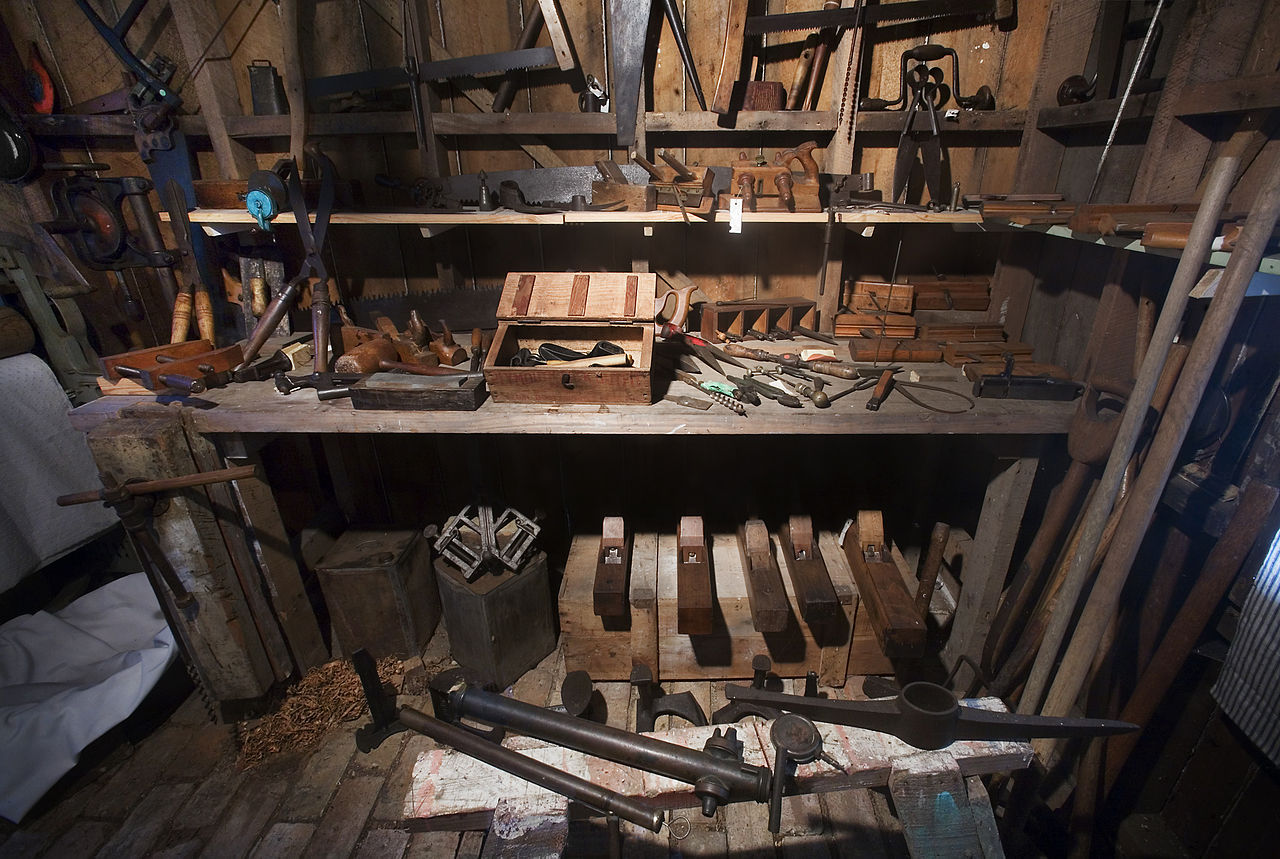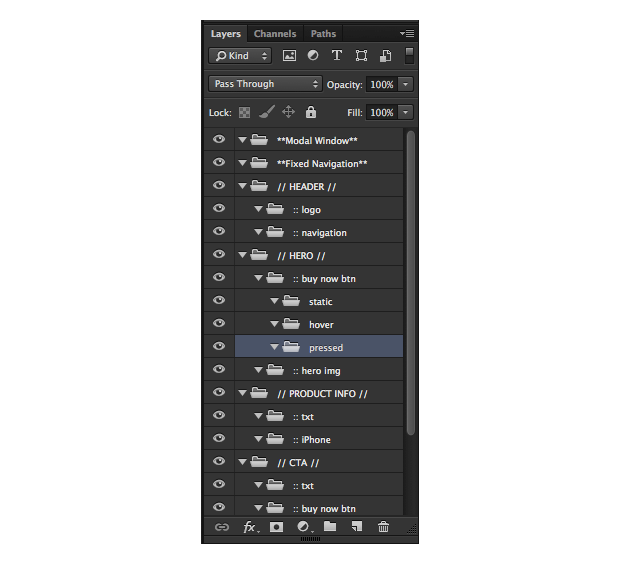
Which piece of software should you use for interface design?
There are many good answers and opinions about this question, but the bottom line is...
You should use the one that yields the best results. Although this is the one true answer, there is a lot packed into a phrase like that. Best results can mean many different things to many different people so let's break it down.
When I say best results, here is what I'm thinking in order of importance:
- I can be extremely fast and efficient with the software
- I can organize design assets in a very cohesive manner
- The output makes sense for my project and my team
Speed and Efficiency
The number one priority when using a piece of software should be yourself. You are the the most important part of the equation. This may seem vain on the surface, but think about it. As a professional designer, you're spending the majority of your productive day using a specific design tool or tools.
That tool needs to be high quality and your ability to wield the tool should be great. You should be able to bend the tool at your will to achieve the results required for the design task at hand.
Talking with fellow designers and peers can be helpful to inform your decision, but should never be the deciding factor. Allow advice from others to help you validate options, but make your decision on what you feel is right for you.
I bought Sketch 3 a few months ago because of Mark Jardine's tweet, but haven't abandoned my years of design and muscle memory building in Photoshop and Illustrator just because someone I respect as a designer is using it as their primary tool.
A carpenter isn't going to choose a trendy hammer solely because it's new and exciting. He will choose the hammer he is most comfortable with, the one he can successfully and solidly drive a rigid nail into the grain of a piece of wood.
What matters in his situation is not the hammer or the tool being used, but rather the rigidity of the joint between nail and wood, the straightness of the nail, the flushness of the nailhead with the surface of the board with a as little damage to the wood as possible.
The efficient carpenter relies on his muscle memory to strike a tiny piece of metal over and over without smashing his fingers into a bloody pulp. This dangerous feat becomes a simple habit once the steps required have become rutted in his basil ganglia, the part of the brain that stores habits and routines.
The same is true for a designer. You draw shapes and text on the screen and move it all around over and over until you've thought through each piece of the puzzle. The quicker you're able to master the software the quicker you can get to your end result. The software becomes a mere triviality between your initial desires and the final outcome of your design.
As you master the software, it essentially disappears deep into the brain, the same part that allows the seasoned carpenter to successfully strike his nail over and over with as little effort as possible. The software becomes an extension of your body. Scratching your arm takes little cognitive effort and over time, neither does drawing shapes and moving them around.
Organized and Cohesive
Second to speed comes organization. The software you use should allow you to organize easily as you go. I've found that if I'm intentional about organization while I'm designing, the design itself improves.
Naming things and grouping things are very much a part of the design process, so having tidy and organized files often go hand in hand with nicely executed design. My design process now has file organization and naming conventions deeply intertwined at a fundamental level.
I don't think about it, I just do it. As my understanding of the software increases, it gets out of my way and lets me design instead of fiddling around with the software.

It's no coincidence that Charlie Waite's Photoshop layers (above) are just as beautifully organized as his designs are executed.
Are your layers, files, artboards, etc. properly ordered and named? Do things make sense to you if you visit your source file a week later or are things a total cluster?
Logical Output
This one can be tricky and very contextual based on the goals of your project, your team, and your personal preferences. Essentially, once you've designed an interface, whether it's a wireframe or a polished design, you'll want to either present it or produce it.
Presentation requires static screens or components to be exportable and viewable without the need to access or open the source files. This might be a list of .jpgs in a Dropbox folder or a consolidated .pdf of the same images. No matter your exact file needs, each software will have its own method of exporting and it should suit your workflow as well and make sense for the people who'll be viewing your work.
A production team will benefit from the presentation documents as a point of reference, but will typically require more than a static comp. Again this depends highly on your project and team, but you need to know if the source files or their output will work for what you or your developers need.
Final Thoughts
Analyze your problem before you start swinging a hammer. We as designers and developers have many tools at our disposal and should make it a priority to become familiar with their abilities and limitations.
Photoshop, Illustrator, and Sketch all have unique features to themselves as well as unique boundaries. Find the one that achieves the best results for you and use it.
I've been using Photoshop and Illustrator for over a decade, so it wouldn't make sense to quit them cold turkey and move completely over to Sketch.
Note: I did eventually move away from these tools for UI design and wireframing between 2014–2019 in favor of Sketch and Figma.
Instead, I continue to use the appropriate tool for maximum speed, organization, and output. My objectives extend (and your's should too) far beyond which piece of software I'm fiddling around with at the moment.
Do your work well with the tools you know, but make time on the side to pick up new skills and new knowledge with new software.
Update 2015
Since originally writing this article, I'm still a diehard Illustrator fan for all UX design, but I have pretty much switched to Sketch for all of my UI design, though I still use Photoshop on a regular basis for editing photos, creating Dribbble shots and such.
Update 2019
Wow, have 5 years really already passed since writing this original article? Crazy. I recently saw this tweet by Meng To and then this one by Dann Petty a little later and started thinking more about tools.
Even in the last week of work, I've used Photoshop (for photo editing), Sketch for some Magic Mirror mockup work, Framer X for an entire large scale enterprise project, and Figma for additional UI screens and icon design. I've also been deep in InVision Studio and a little in XD doing some UI animations for the same project.
The tool that's bringing me the most joy right now is Figma. It's a treat to work with, super fast, highly functional, and just plain fun to work in. I consider myself Team Figma™ at the moment, but in the next 5 years... who knows?